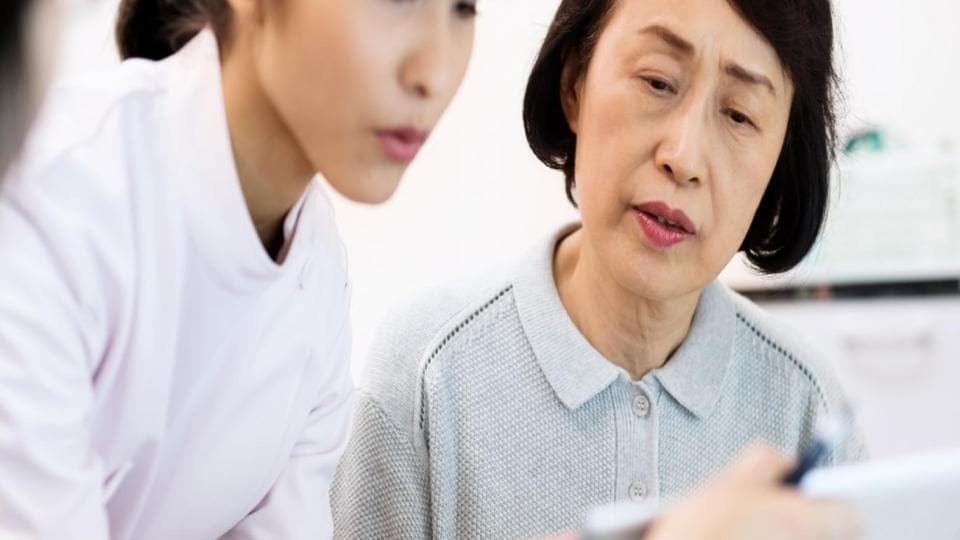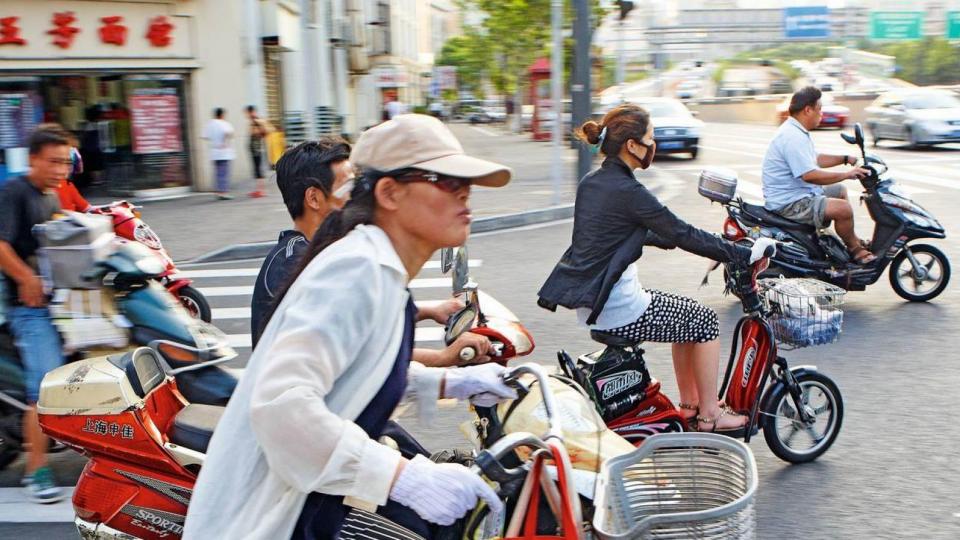Healthy China 2030: Pressure on Prices Under Pooled Procurement

- Health at Bayer
-
Pharmaceuticals
- Treatment Areas
- Innovation & Technologies
- Cell and Gene Therapy
-
Sustainability
- Patient Access Charter
- Leadership Perspective
- Strengthening Healthcare Access
- Moving Non-Communicable Diseases Care Forward
- Ensuring a Sustainable Product Supply
- Delivering Better Cancer Care
-
Empowering Women, Globally
- Boosting Family Planning Usage through Digital Channels
- Capacity building: Addressing Root Causes through Partnerships
- Impact at Scale: The Challenge Initiative
- Promoting Awareness: World Contraception Day (WCD) & the Your Life Campaign
- Providing Accessible and Affordable Contraceptives
- Enabling Family Planning in Humanitarian Settings
- Fighting Neglected Tropical Diseases
- Transparency
- News & Stories
- Personal Health
- Report a Side Effect
- Medical Counterfeits
As part of Healthy China 2030, the Chinese government has opted to ramp up pressure on reimbursement negotiations and procurement processes. The National Health Security Administration (NHSA) has instructed provinces, regions and municipalities to carry out centralized procurement which is likely to put price pressure on pharmaceutical companies and force a race to the bottom as companies vie for market share.
What pooled procurement could mean for pharma companies
China introduced the most recent procurement pilot program “4+7 cities” in November 2018 and it was kicked off in March 2019. The pilot was only targeting established products, and generics which have passed the Generic Quality Consistent Evaluation (GQCE). In total, 25 molecules were included in the first pilot. The pilot was carried out in four major cities: Beijing, Shanghai, Chongqing and Tianjin, along with seven other urban areas which make up around 30 percent of China’s total drug sales.1 As part of the program, healthcare authorities will start to carry out pooled procurement of drugs based on the volume required at public medical institutions in certain regions.
It could be seen as a “winner takes it (almost) all” approach: The single bidder offering the lowest price for a molecule will be guaranteed a volume equaling about 70 percent of the 2017-procurement volume for the eleven cities. Unsuccessful bidders could then be required to compete against other companies in a race to the bottom in order to secure the remaining market share. Chinese officials expect a substantial drop of overall drug prices for those that win the bidding. For the first wave of molecules that were selected for the pilot program, the overall price dropped 52 percent with the highest drop at 96 percent. Established products and generics will face the risk of price reduction in particular.
At Bayer, we are monitoring the evolvement of the “4+7 cities” pilot program closely. There is a strong possibility of price erosion with negative effects for off-patent originators - that accounted for about 18 percent of the Chinese market in 20172 - who will now face stronger competition from generics. However, it remains to be seen if the Generics Quality Consistency Evaluation (GQCE) legislation will in fact improve the sometimes still poor quality of generic drugs, and if it will manage to increase people’s trust in generics. Additionally, it also remains to be seen if the reduction in price could be compensated through volume size upon winning the tender; with a population of 1.4 billion, the Chinese market reaches a large number of potential patients. It also remains to be seen how the government will adjust the procurement rules.
A call to value innovation
With regards to procurement mechanisms, we disagree with the approach to value medicines by placing a too strong emphasis on price. It is crucial to place as much importance on their effectiveness and innovative value, taking into account even incremental advances. We believe it is important to set the right incentives for the development of innovative medicines that bring huge benefit to patients who need it most. Besides budget- orientation, we also advocate for a patient-centric approach. We therefore ask the Chinese government to continue to recognize the enormous value of innovative medicines to address patients’ unmet medical needs.
If China wants to build an innovation-friendly environment, innovation needs to be rewarded in the first instance. We need to also keep in mind that generic products rely on innovation; once the patent term of an innovative product has expired, new generations of generics benefit from the risky and enormous research and development investments of innovative pharmaceutical companies before them. Pharmaceutical companies only dare to invest and bear the risk because they are assured patent protection upon successful development of an innovative medicine. At Bayer, we would like to see savings accrued during this procurement process be re-invested into the reimbursement and promotion of innovative medicines to provide more effective treatments to patients and the health care system.
Sources:
1 Fierce Pharma: Big Pharma’s off-patent drugs lose out in China’s new price-cutting scheme; Last accessed April 2019
2 According to IQVIA the Chinese Market shares in 2017 were as follows: 18 bn$ in TCM, 60bn$ in Generics, 18bn$ in Off Patent Originators, 5bn$ in innovative medicines.





























